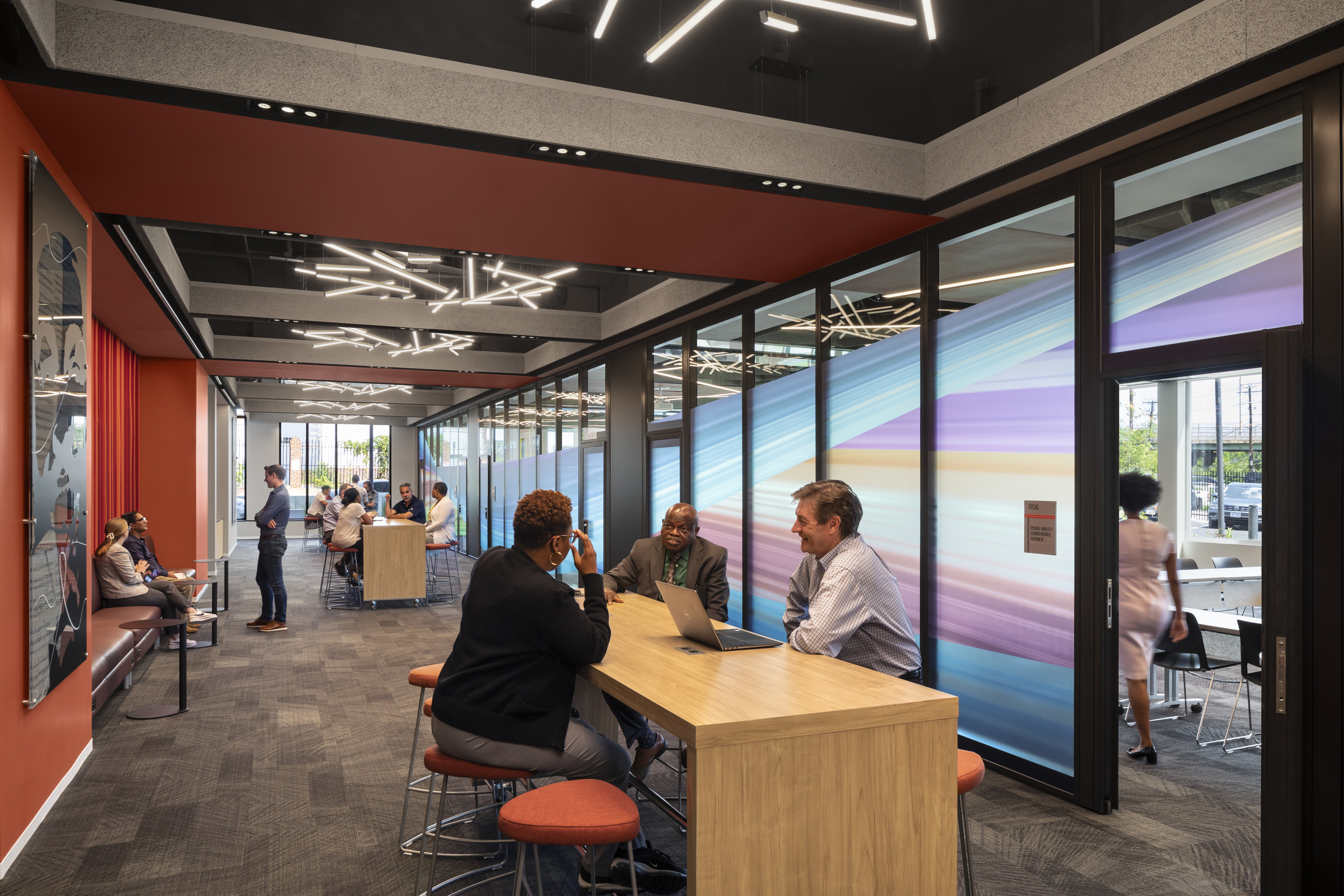Back-to-Back Culture
If it feels like there are more meetings than ever, you’re not imagining it—the amount of time spent in meetings more than tripled after 2020. And even though most of us are back in the office at least a few days per week, we’re still meeting much more often than before the pandemic. Whether virtual or in-person, we’re swamped with daily with check-ins, strategy sessions, and unrelenting team discussions.
One estimate suggests U.S. workers now spend more than 20% of their week in meetings, and half of employees view meetings as their main source of fatigue.
The problem isn’t just meetings—it’s bad meetings. The ones without clear objectives, that drag on endlessly, where participants are unprepared and leave without knowing what comes next. But when planned and executed well, meetings can be a powerful tool for innovation, team bonding, and decision-making.
Have a Clear Agenda and Defined Roles
“Preparation is key,” Kaylyn says. “Without clear objectives, meetings waste time.” The organizer should send out the agenda and any relevant materials ahead of time. Everyone should know their role and what they need to contribute.

Quick Tip: Include 2-3 desired outcomes in your calendar invite. Be clear about the meeting’s purpose and skip it if you have nothing to contribute.
















